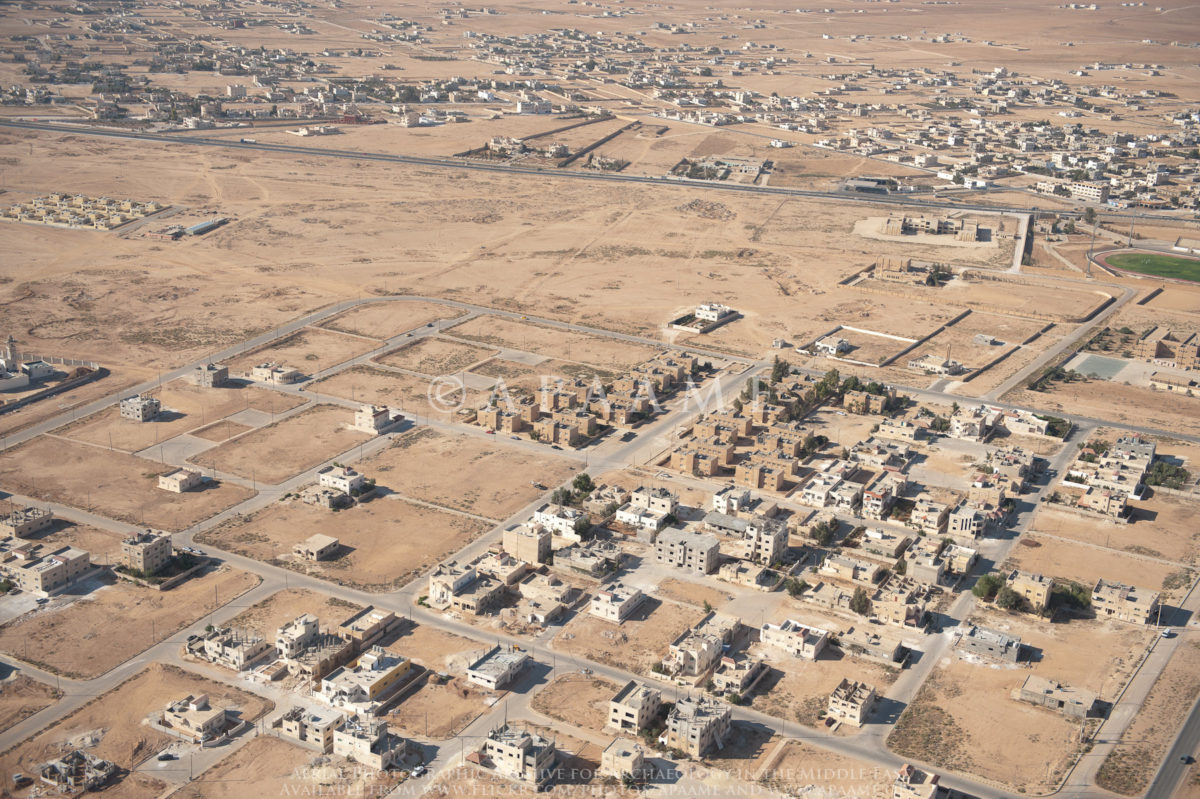The European Bank for Reconstruction and Development (EBRD) has announced this week that is extending a $65 million loan to finance a 51 MW solar PV plant in Jordan. The loan is split equally between the EBRD and the Dutch development bank (FMO).
The 51 MW project is located in the Al-Safawi area, Northern Jordan, and is the fourth of the second solar tender that Jordan ran in 2015. All four projects of this tender are about 50 MW each.
Jordan’s first solar tender had also auctioned 200 MW of PV capacity, dispersed among 12 projects that are fully operational today.
A third solar PV tender was initiated by Jordan’s Government in December 2016 also concerning another 200 MW of capacity and the applications are still under review.
The 51 MW project funded by the EBRD and the FMO is developed by Al-Safawi for Green Energy PSC, a Jordanian company that is 70% owned by Spain’s Fotowatio Renewable Ventures and 30% by Jordans’ Arabia Trading and Consulting Company.
Mohanned Khalifeh, CEO of the Arabia Trading and Consulting Group, said that “as the only local developer to be successfully involved in this second round of the solar programme, we endeavour to amplify our commitment through the capacity building of local Jordanian talent across all project phases.”
All four projects of the second solar tender are now under construction.
103 MW Quweira project completed
Meanwhile, the country’s largest solar PV farm to date has also been built. This is the 103 MW Quweira project, which is owned by the Jordanian Government and funded by the Abu Dhabi Fund for Development (ADFD). The project’s EPC was also auctioned, with the auction been initially announced in November 2014 and the successful applicants awarded about a year later. Winners were the Abu Dhabi-based EPC contractor Enviromena Power Systems and Spain’s TSK Group.
Popular content
According to pv magazine information the Quweira project is now built. Jehad Fakhouri, an engineer working on the installation of the project said “this is a combination of fixed-tilt and single-axis horizontal tracking PV system technologies. Each has a capacity of 51.5 MWp and 19 Ingeteam inverter stations, which are connected to the national grid through the 132/33kV Quweira solar substation. The project is based on polycrystalline silicon PV technology and the total number of 315 Wp PV modules is 328,320, made by JinkoSolar.”
pv magazine expects Jordan to announce an inauguration ceremony for the Quweira project shortly, connecting it to the grid.
In January 2015, Jordan furthermore awarded Abu Dhabi’s Masdar permission to build and own a 200 MW solar PV plant. The Masdar PV plant is Jordan was not tendered and the awarded FIT is a secret. It is not yet clear how far from construction the project is.
pv magazine understands Jordan has installed about 450 MW of solar PV capacity, excluding the Quweira farm. This means that apart from the large scale installations, the country offers a very active net metering and wheeling market too.
Hashemite University, for example, installed a 5 MW net metering PV system in June 2016 and according to a recent report published by the university, its PV system covers the institution's annual electricity needs.
It appears that Jordan’s Government is playing all its cards in order to boost the development of solar energy in the country. However, there are a few lessons still to be learned. Tendered projects can proceed rather quickly, providing transparency and accountability. On the contrary, directly negotiated projects do not necessarily bear positive results, especially when the deals are not fully revealed.
This content is protected by copyright and may not be reused. If you want to cooperate with us and would like to reuse some of our content, please contact: editors@pv-magazine.com.


2 comments
By submitting this form you agree to pv magazine using your data for the purposes of publishing your comment.
Your personal data will only be disclosed or otherwise transmitted to third parties for the purposes of spam filtering or if this is necessary for technical maintenance of the website. Any other transfer to third parties will not take place unless this is justified on the basis of applicable data protection regulations or if pv magazine is legally obliged to do so.
You may revoke this consent at any time with effect for the future, in which case your personal data will be deleted immediately. Otherwise, your data will be deleted if pv magazine has processed your request or the purpose of data storage is fulfilled.
Further information on data privacy can be found in our Data Protection Policy.